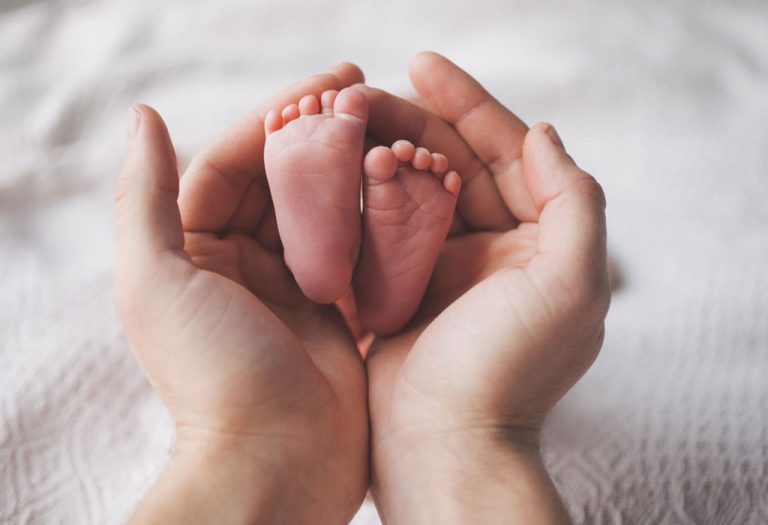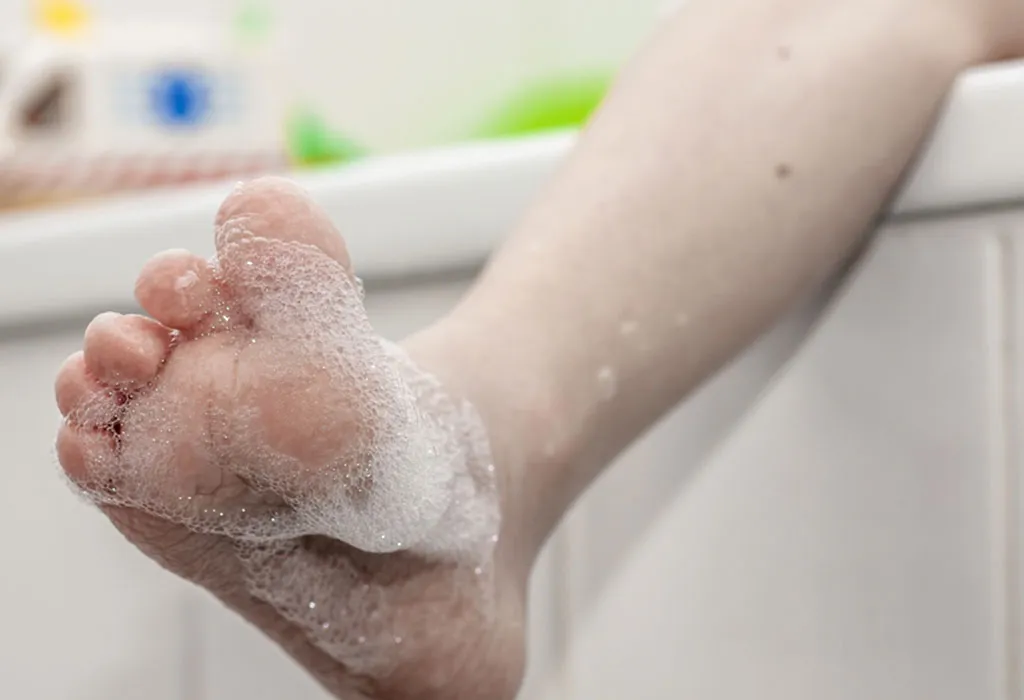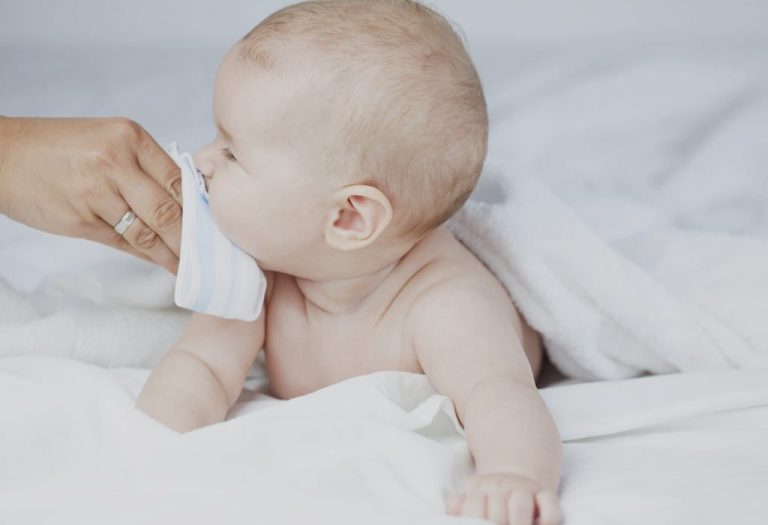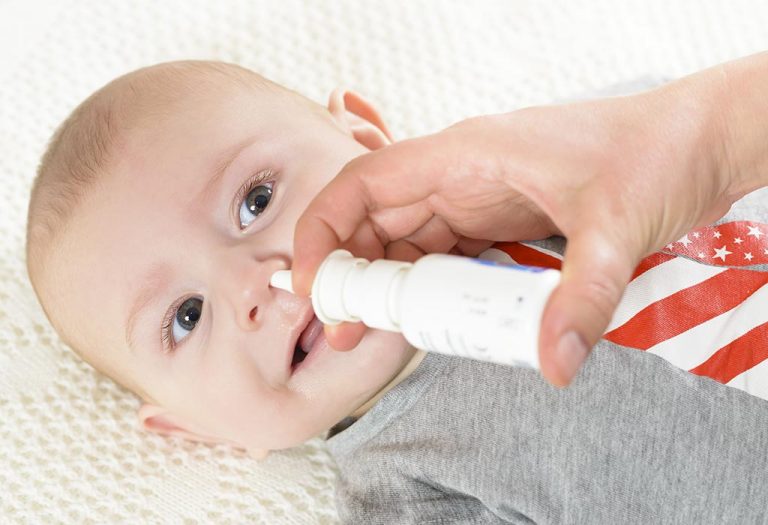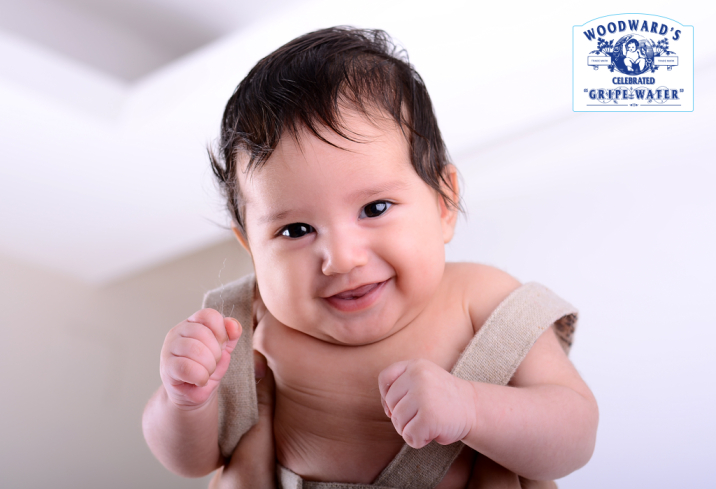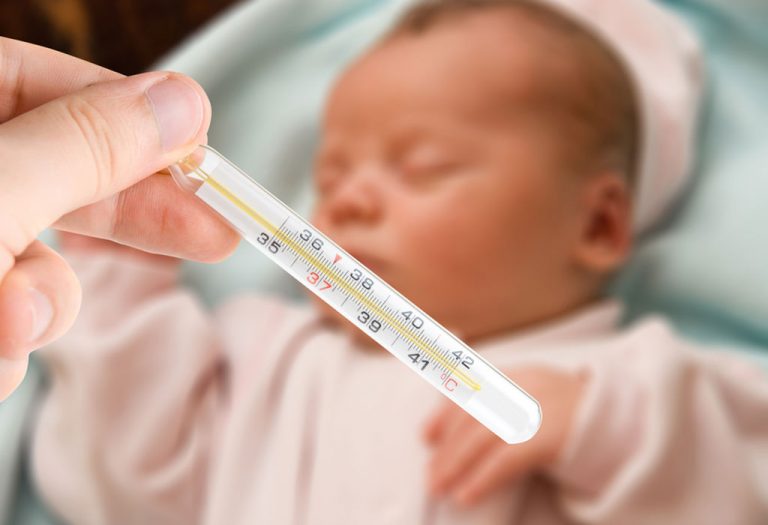Hair Tourniquet – Causes, Signs & Home Remedies

Taking care of babies can be quite challenging, especially for new parents. Since babies cannot express their needs, it’s a parent’s responsibility to make sure that their little one is safe and healthy. Sometimes, something as simple as hair can harm your baby, and you need to know how to prevent and remedy such a situation. If hair accidentally gets wrapped tightly around your baby’s fingers, toes, or nails, it can cause a lot of pain to your baby. If not treated quickly, this problem might get serious.
Let us learn more about what happens when a piece of hair is tightly wrapped around a baby’s fingers or toes (baby hair tourniquet) and how to deal with it.
What Is Hair Tourniquet Syndrome in an Infant?
A hair tourniquet is a problem that happens when a strand of hair is wrapped around the fingers, toes, or genitals of a baby. These are most common in infants (1), and you can generally see a strand of stray hair wrapped around the baby’s toe inside the sock. This is called toe hair tourniquet.
What Body Parts Can Be Impacted by Hair Tourniquets?
Hair tourniquet syndrome occurs when a strand of hair (or thread) becomes tightly wrapped around a baby’s body part, cutting off circulation. The most commonly affected areas include (2):
- Toes (Most Common)
- Fingers
- Genitals
- Neck (Extremely Rare but Dangerous)
- Wrists or Ankles
- Ear lobes
- Nipples
Who Is Most at Risk of Hair Tourniquet Syndrome?
While hair tourniquet syndrome can affect infants of various ages, susceptibility varies by location. The highest risk for general cases occurs around 5 months of age, but finger-related incidents peak much earlier, typically at 3 weeks old. Toe involvement is most frequent at 4 months, whereas genital hair tourniquets are more prevalent in toddlers around 2 years old. Studies also indicate that circumcision may increase the risk of penile hair tourniquets in a baby due to post-procedural hair entanglement (3).
Causes of Hair Tourniquet Syndrome
Postpartum hair shedding affects a significant majority of new mothers, with 68-90% experiencing this temporary condition due to post-delivery hormonal changes (4). While many women see this excessive hair loss resolve within six months, some may continue noticing shedding for up to 18 months postpartum. This increased presence of loose hairs in the environment elevates the risk of hair tourniquet incidents in infants. Additionally, babies become more vulnerable to this condition when wearing enclosed clothing like mittens, footed pajamas, or socks, as their natural movements can cause hairs or fabric threads to twist around digits. Toes and genital areas more frequently encounter hair entanglements, whereas fingers tend to become entangled with loose threads from clothing.
Symptoms of Tourniquet Syndrome
If your baby is crying uncontrollably and can’t be soothed by normal comforting (like feeding or cuddling), check for a hair or thread tightly wrapped around their skin. If left untreated, the trapped hair can cause painful swelling and serious complications. The following are some of the key symptoms to watch out for (5):
- Unexplained, constant crying
- Swelling or redness on fingers, toes, or genitals
- Visible hair or thread digging into the skin
- Discoloration (blue/purple) in severe cases
Treatments for a Toe Tourniquet
Here are some hair tourniquet removal methods that can be used to remove hair from a baby’s toe (6):
Use a pair of fine tweezers or a bobby pin or something similar, which is slim and not sharp. Slip it under the thread or hair and pull the pin to break the strand of hair or thread.
If the toe, finger, or nail is swollen or discoloured, you should consult a paediatrician. He will examine the affected body part to determine the safest way to remove the hair tourniquet. If the strand of hair or thread is embedded deeply, the doctor might have to use local anaesthesia.
In some severe (but extremely rare) cases, the doctor might have to make a small incision along the baby’s affected part to remove the strand of hair or thread.
Will There Be Any Complications After the Hair Tourniquet is Removed?
If the hair tourniquet is detected and treated quickly, there are very few chances of any tourniquet dangers after that. You baby will heal quickly if the hair tourniquet is removed immediately after detection. But in more severe cases, hair tourniquets in infants can lead to complications like tissue necrosis.
Home Remedies for Removing Hair Wrapped Around an Infant’s Finger or Toe
If you detect a tourniquet around your baby’s finger or toe, don’t try to pull the hair at once! It can increase the severity of the hair tourniquet by tightening the strand of hair.
You can use the following home remedies to snip the strand of hair:
- Use tweezers and a magnifying glass to gently lift the hair up and carefully remove it with baby-nail scissors.
- Stretch the skin near the affected area and put a piece of scotch tape over the strand of hair. Lift it up with care so that the hair gets attached to the tape. It may either slide off with the tape, or you can snip the hair carefully using baby scissors.
- Put your baby’s toe in some water and soak it to relax. Hair expands when it is wet. While it is wet, you can grab it with your nails and try to unwind it.
- Use coconut oil, petroleum jelly, or olive oil to moisturise the affected area and try to slide the hair off gently.
How Can You Prevent Hair Tourniquet in Babies?
Here are some precautions you can take to prevent hair tourniquet in your baby:
- Check your baby’s toe, fingers, and genitals regularly and make sure that there are no stray strands of hair or thread wrapped around them.
- If you have long hair, tie it up while changing the diapers of the baby to decrease the chances of hair falling into the diaper.
- Wash your baby’s clothes separately.
- Turn the mittens and socks inside out after washing them to ensure that no hair or thread is stuck inside.
- Check the surroundings of the baby for strands of hair or thread, which might cause a hair tourniquet.
When to Call a Doctor
If you are not able to remove the hair tourniquet at home, you should consult a doctor. If the hair is light coloured or if you are not exactly sure if you have removed the hair tourniquet and the baby is still crying, go to the doctor immediately.
If you see that the finger, toe, or penis of your baby is swelled or discoloured because of a hair tourniquet, you should consult a doctor and seek medical attention.
FAQs
1. Do synthetic fibers (like microfiber) pose the same risk as human hair?
Yes—loose threads from blankets, socks, or plush toys can constrict just as tightly. Unlike hair, synthetic fibers may not dissolve over time, making them potentially more dangerous if undetected.
2. Can breastfeeding increase the risk of hair tourniquets?
Indirectly, yes. Long hair dangling near the baby’s hands/feet during nursing can accidentally wrap around digits. Parents with long hair should tie it back during feedings or cuddles.
A hair tourniquet is a rare but potentially serious problem. If you see your baby crying without any reason, look out for hair tourniquet and try to remove them carefully. If you cannot remove it at home, consult a doctor immediately.
References/Resources:
2. National Library of Medicine – Hair tourniquet syndrome
3. Frontiers – Case Report: Penile Strangulation Secondary to Hair Tourniquet
5. Cleveland Clinic – Hair Tourniquet
6. National Library of Medicine – Hair-Thread Tourniquet Syndrome: A Comprehensive Review
Also Read:
Gray Baby Syndrome
Shaken Baby Syndrome
Causes of Blue Baby Syndrome
Symptoms of CHARGE Syndrome in Babies
Was This Article Helpful?
Parenting is a huge responsibility, for you as a caregiver, but also for us as a parenting content platform. We understand that and take our responsibility of creating credible content seriously. FirstCry Parenting articles are written and published only after extensive research using factually sound references to deliver quality content that is accurate, validated by experts, and completely reliable. To understand how we go about creating content that is credible, read our editorial policy here.






